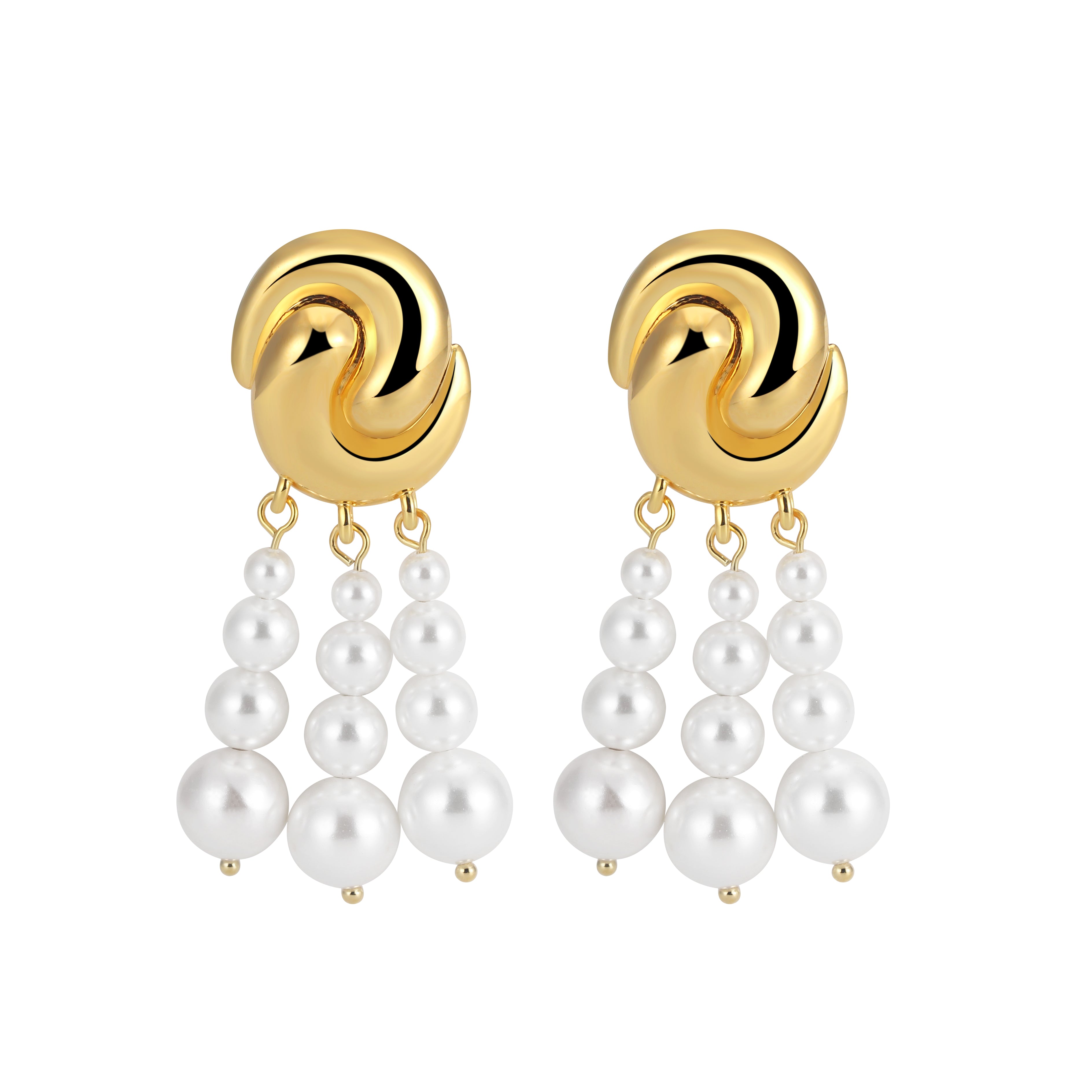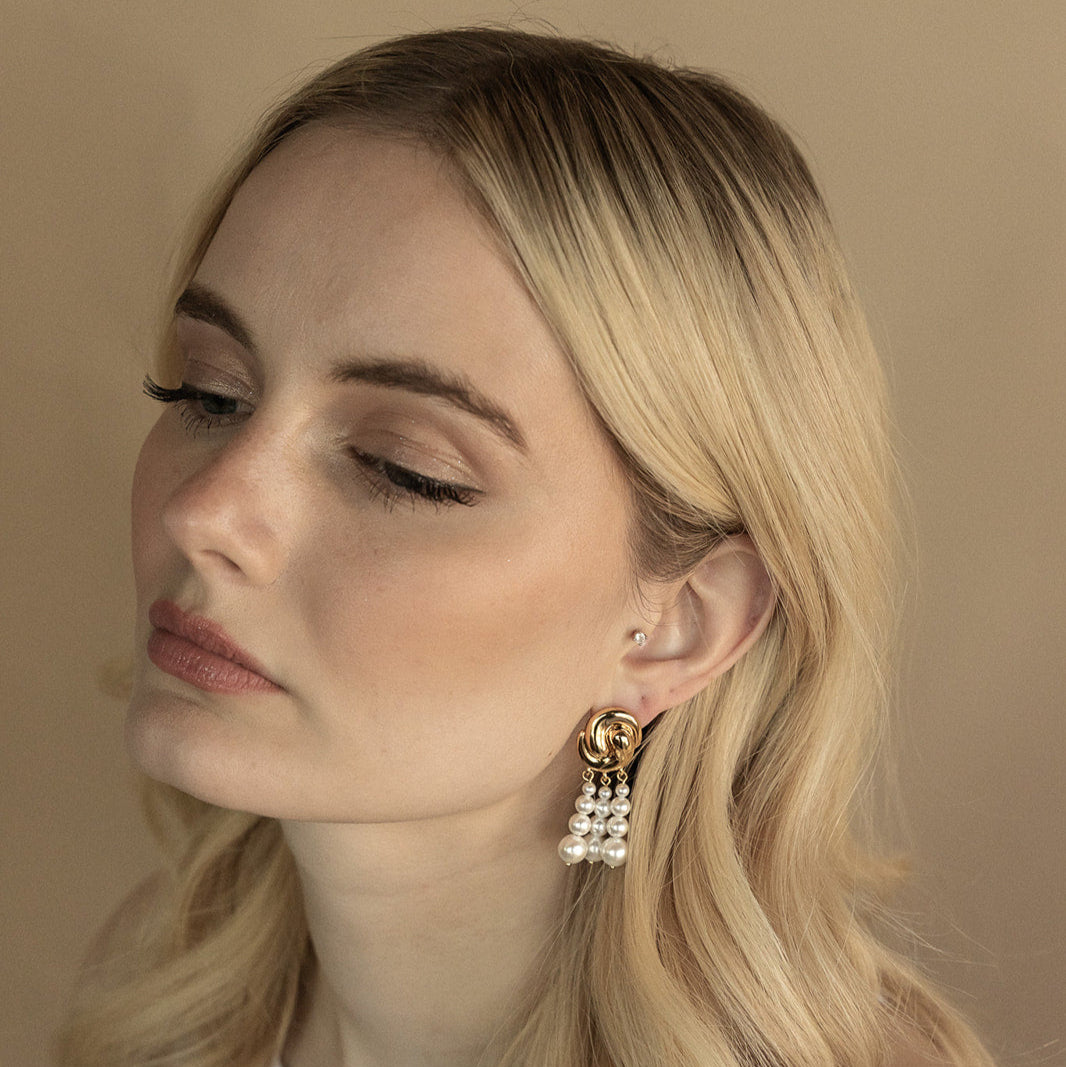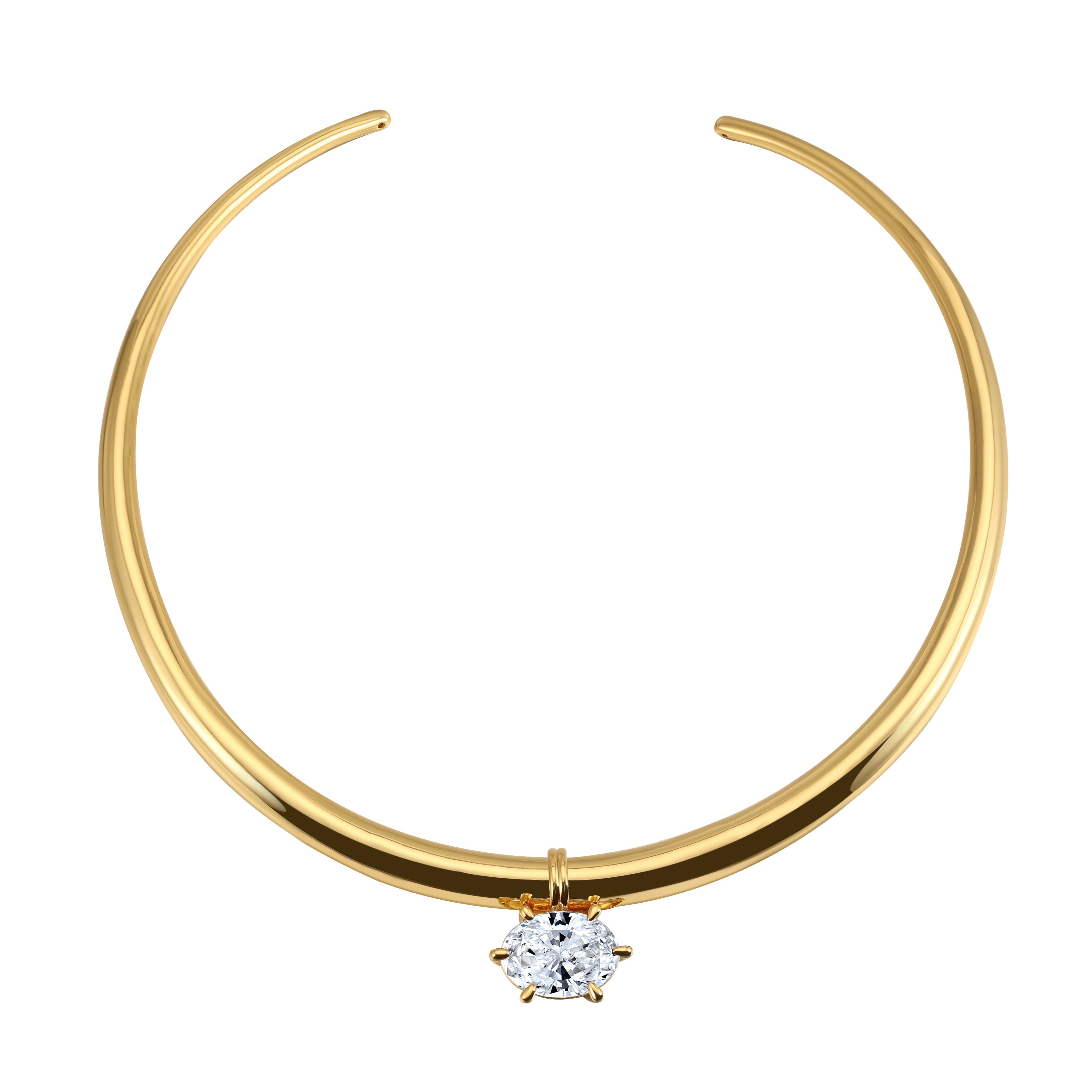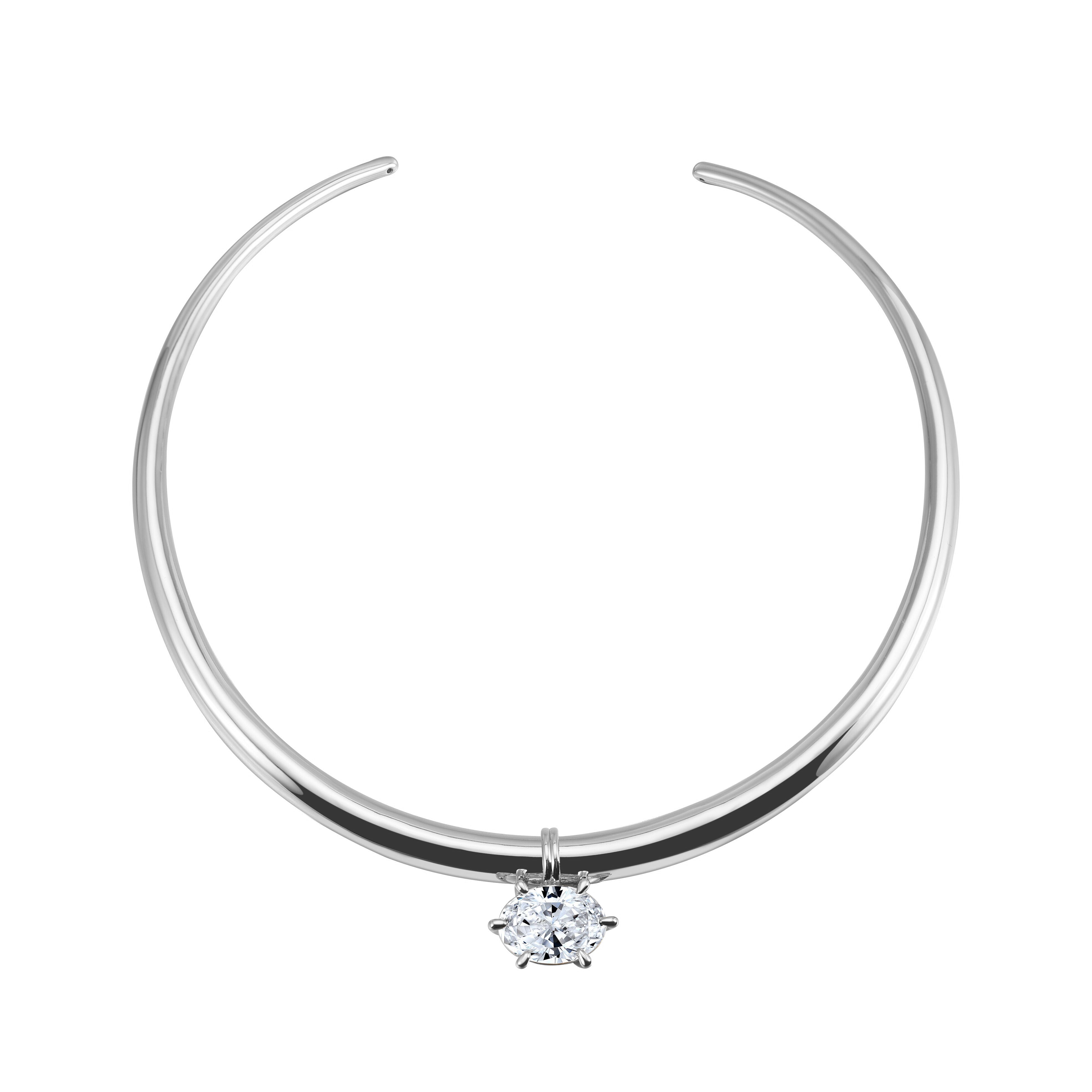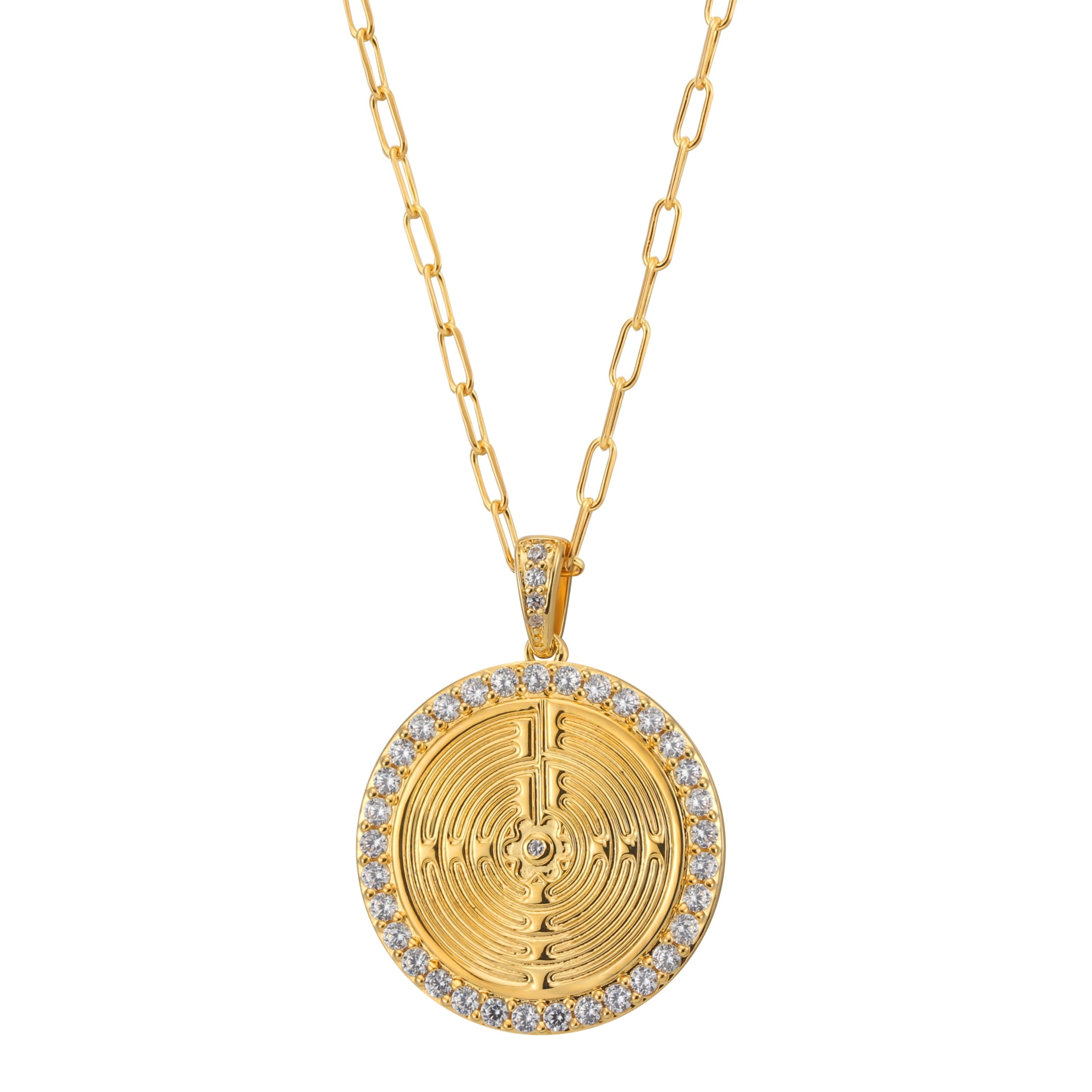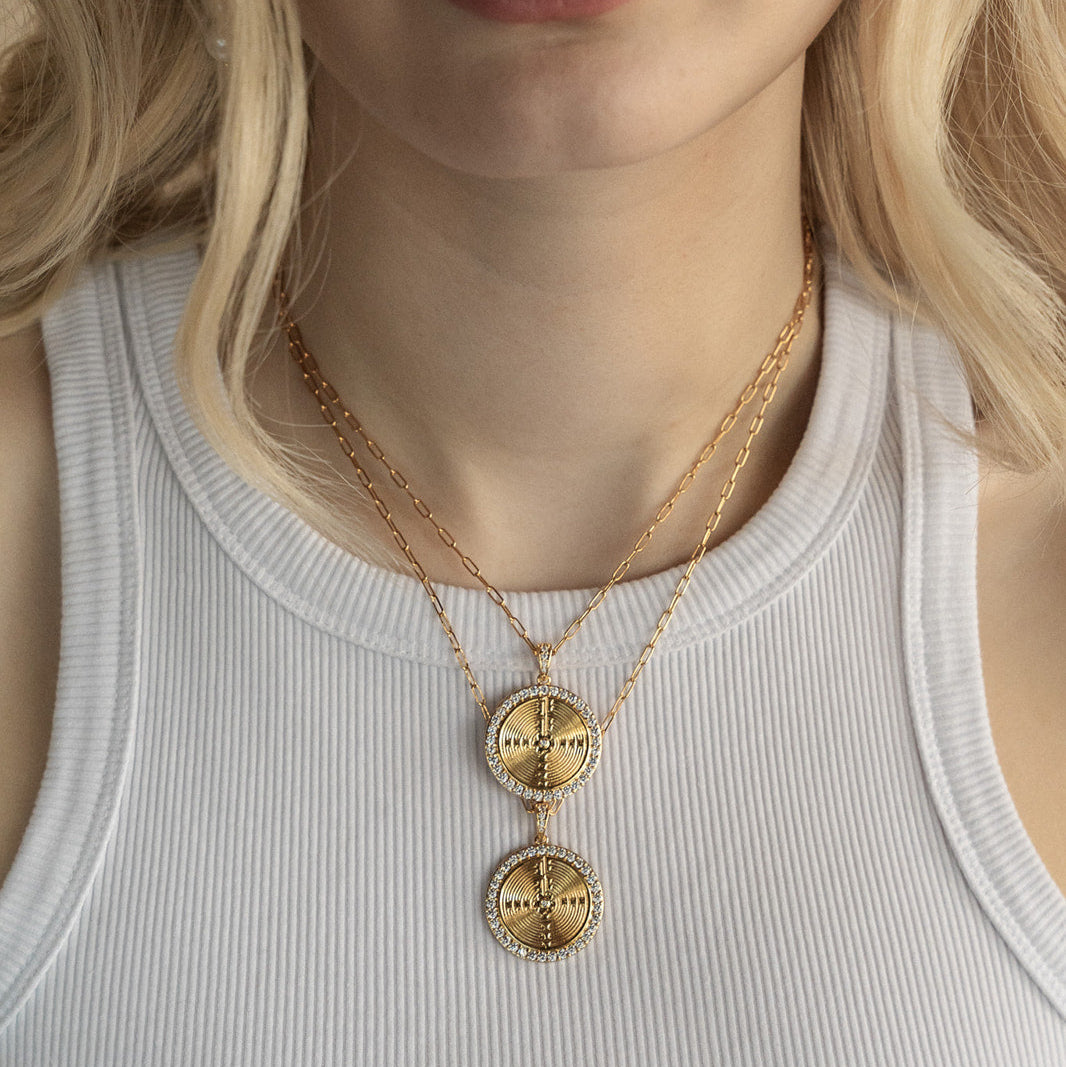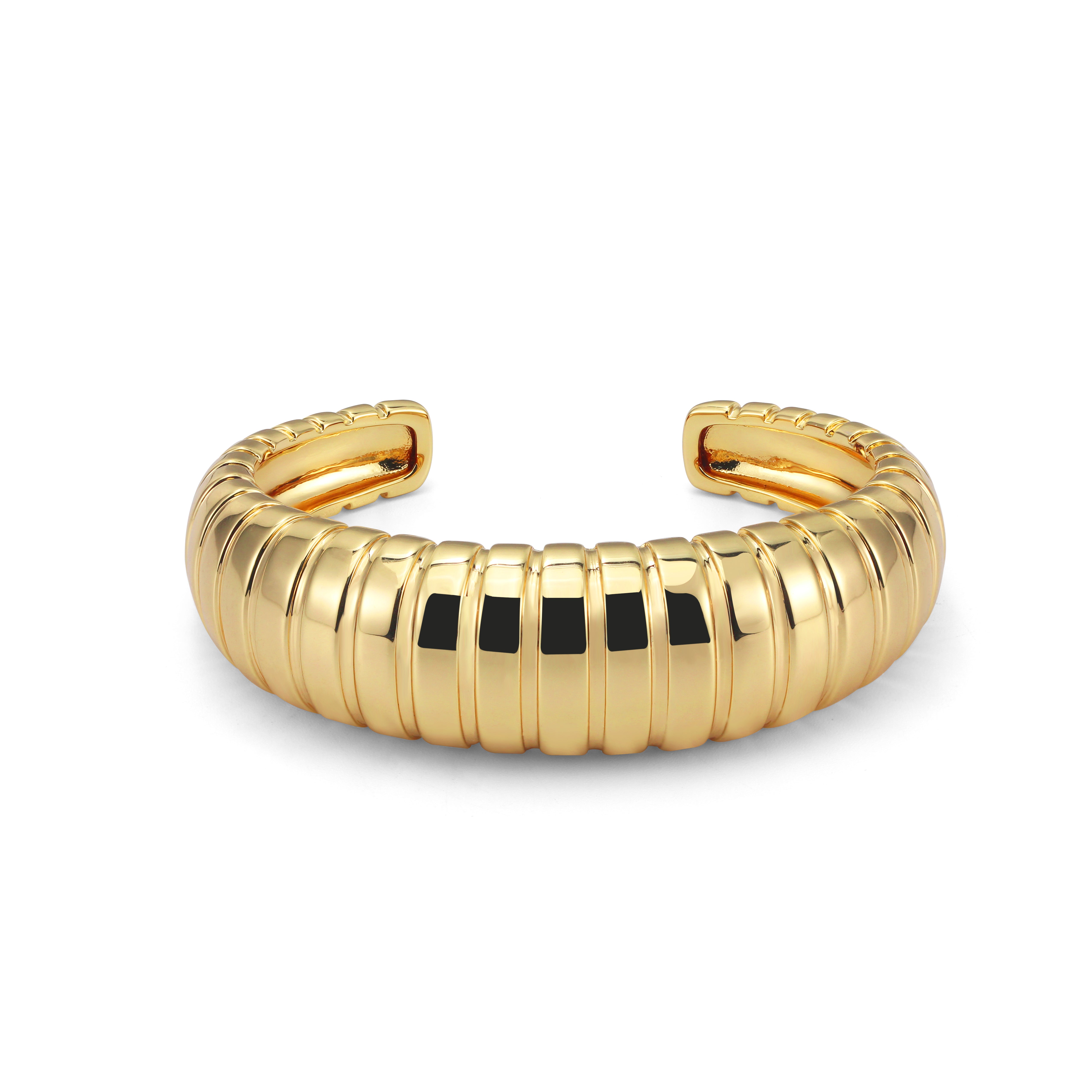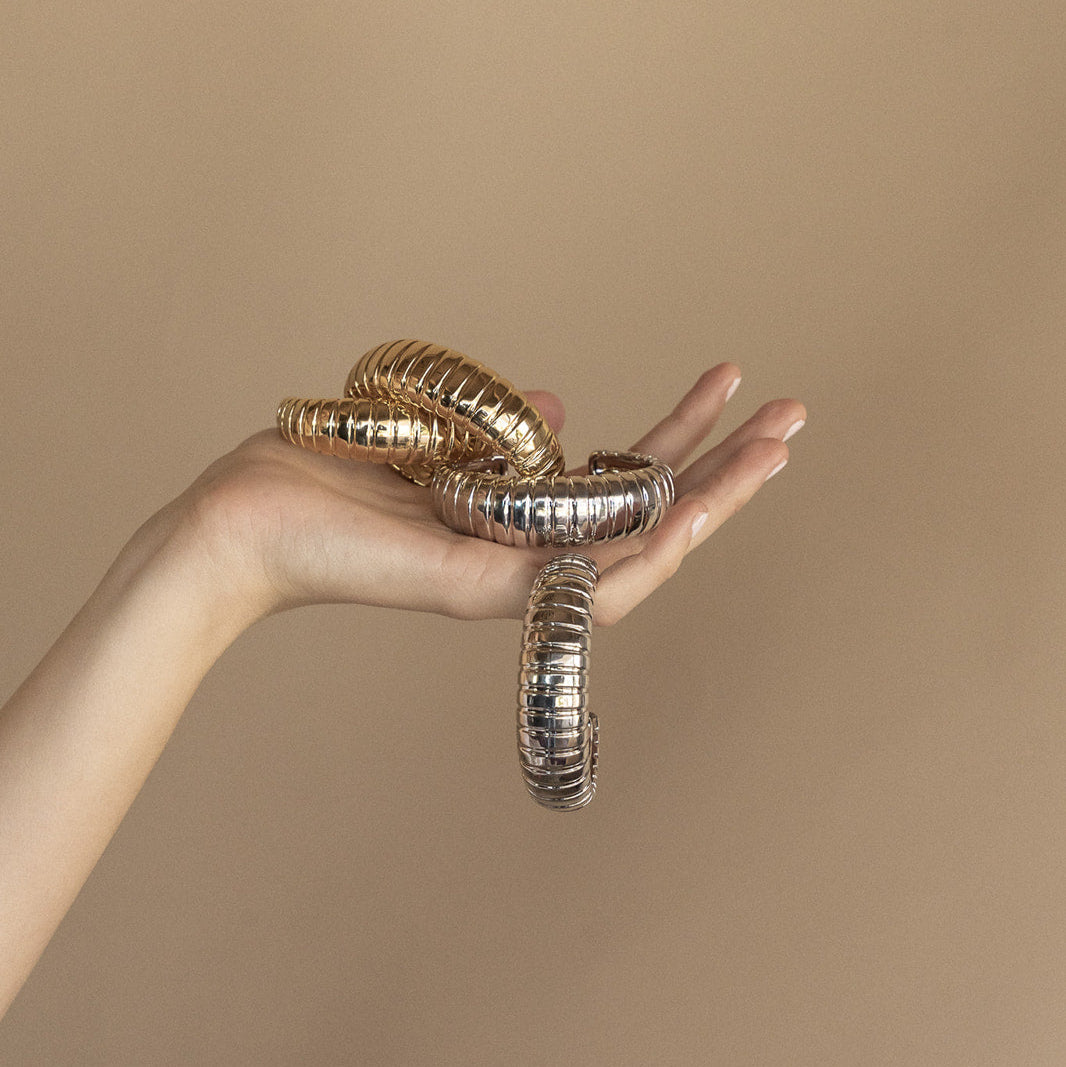If you’re new to secondhand shopping and not sure where to start, my advice is to begin offline. Go to your local thrift stores, estate sales, and flea markets. Try things on. Pay attention to construction, materials, and fit. This hands-on experience helps you learn what looks good on your body, and builds an appreciation for craftsmanship and quality.
Once you feel like you have a solid baseline, move to online secondhand shopping. Start with platforms like The RealReal, Vestiaire, and ThredUp—sites that offer exchanges or returns in case something doesn’t fit. Fit is the hardest part about secondhand shopping online, so always check the return policy before you buy.
When you’re ready and feel confident in your sizing, what silhouettes you love, and how certain materials fit your body, then graduate to Etsy and eBay. Sellers there can be a little more unpredictable, so it pays to know what you’re doing before diving in.
Here are a few of my go-to tips for navigating eBay and other direct-to-consumer secondhand platforms:
- Know what you’re looking for. Whether it’s a leather coat or a suede fringe jacket, have a general sense of the item in mind.
- Keep your search broad. Don’t get too specific in the search bar—it can filter out hidden gems. For example, instead of typing “women’s brown suede jacket,” I’ll often just search “long suede trench.” Sometimes the best finds come from casting a wider net.
- Don’t skip the details. Read the fine print about condition, measurements, and returns. It saves you from surprises later.
- Make sure the seller is legit; you can see how many sales they’ve had and they are rated based on certain metrics. I stay away from any that have 0 sales or a score below 90%
One of my favorite things about shopping on eBay is the negotiation. When you “like” an item, sellers will often send you coupons or discounts to entice you. So don’t assume the price you see is final—it’s usually just their starting point.
Many sellers also allow you to make an offer. I always recommend offering what you’re comfortable paying (or even a little under). The seller can reject, counter, or accept—and that back-and-forth gives you leverage. Honestly, sometimes I’ll throw out a lowball offer without much expectation, and to my surprise, they accept it. That’s how I’ve scored some of my favorite, one-of-a-kind pieces.
I love shopping secondhand for leather and suede. The quality is often better, the prices are more accessible, and honestly—it’s just fun. There’s something so special about pulling a piece from the past, saving it from the landfill, and styling it for the next 20 years.
I also recommend secondhand if you’re experimenting with new silhouettes or trends. It’s the perfect way to “try before you commit” without spending a fortune. While your style is still evolving, secondhand lets you play.
Right now, I’m especially drawn to textures and bold details—think suedes, leathers, zebra prints, snakeskin, exaggerated shoulders, high collars, barrel jeans, and woven techniques. For fall, I’m focusing on layering: building on strong, high-quality baseline pieces with texture and movement that transcend a single season or trend. These are the kinds of pieces worth the time and small investment—items I can wear for years and eventually pass down to my kids. That, to me, feels meaningful.
And honestly? The hunt itself is meditative. Scouring the internet for that one perfect piece is part of the joy.
If you’re ever looking for something specific, let me know—I’d be so happy to help you find it. And I’d love your feedback: did you like me linking these secondhand eBay finds in my ShopMy? Would you like to see more tips, tricks, or styling inspo there?
I’m here for you—so let me know how I can be of service!
Con Amore,
Anna



